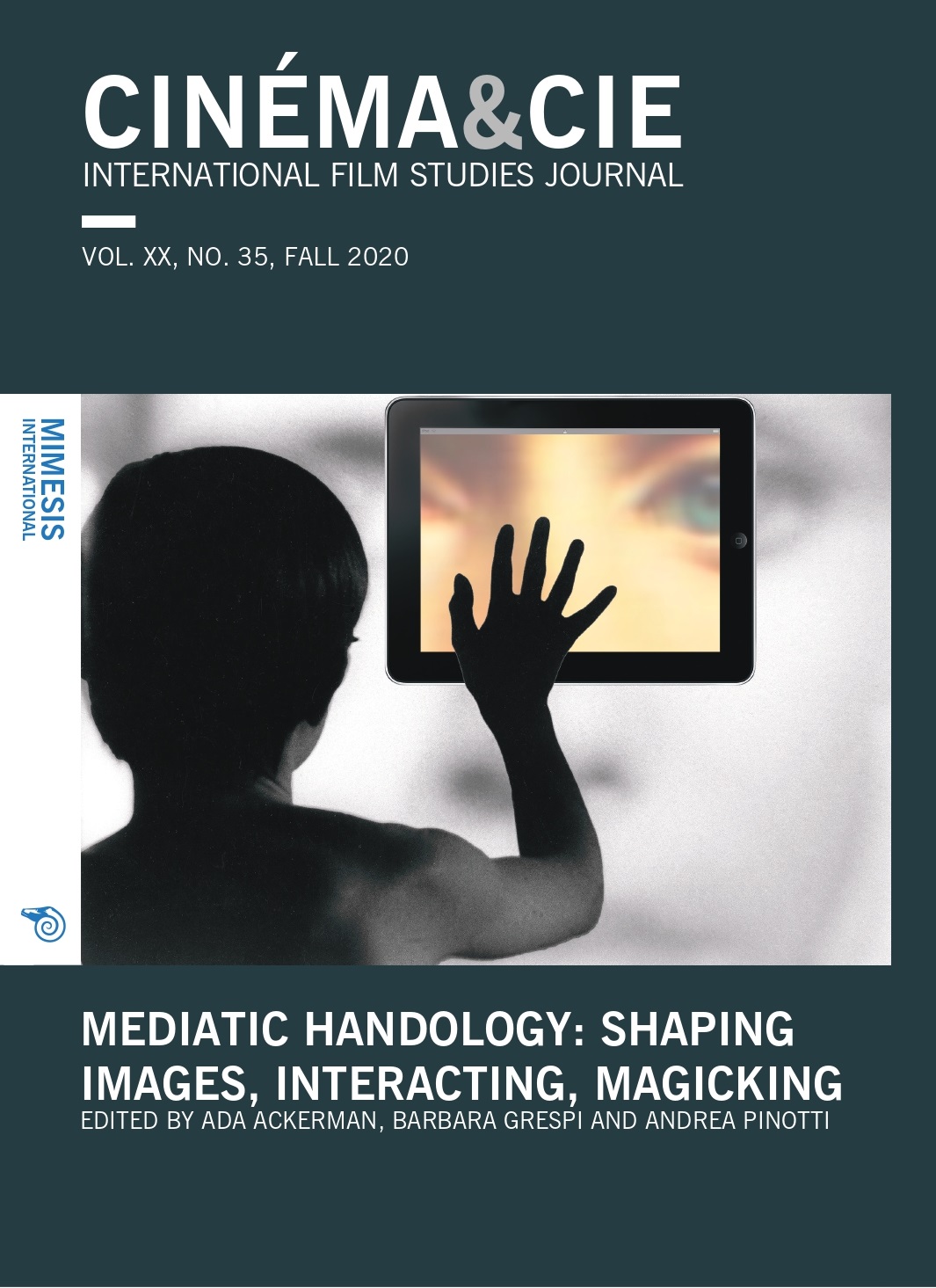Mediatic Handology?
Abstract
A chirocentric model of thinking, an alternative to the notorious oculocentric line which is widely questioned today, appeared in philosophy from the very beginning. The idea of the hand as our major instrument of thinking comes from Anaxagoras and reaches Heidegger and Merleau-Ponty, who reconfigured the philosophical agenda around this organ’s qualities. The theme of image making is crucial in this trend of thought, while artists from all ages and cultures have always expressed their sheer fascination for the motif of the hand as the conditioning agent of their creative activity. In the twentieth century, Walter Benjamin set up a philosophy of visual media which did not rely upon the optic qualities of the moving images, but on their haptic ones. The hand, after all, took central stage in the imaginary throughout the previous century: hands in X-rays, palms in modern chiromancy, fingers in the newly born chirognomonie, imprints in art, disembodied hands featuring autonomous characters in cinema. Together with these images, another idea of the thinking hand emerged, not only connected with the sense of touch or with craftmanship, but also with expressive gestures, conveying affect, desire as well as imaginative power. Do we need a handology to survey the many lives of the hand in our culture and fully understand the digital turn within the so-called deep time of the media?






